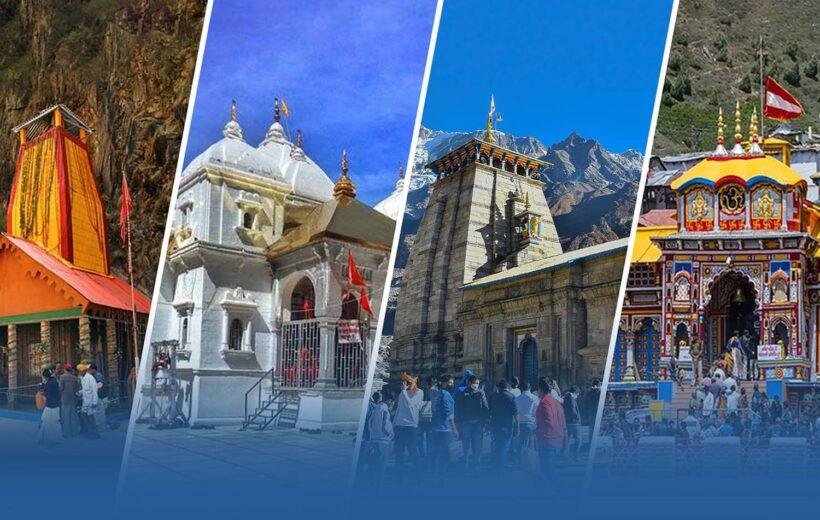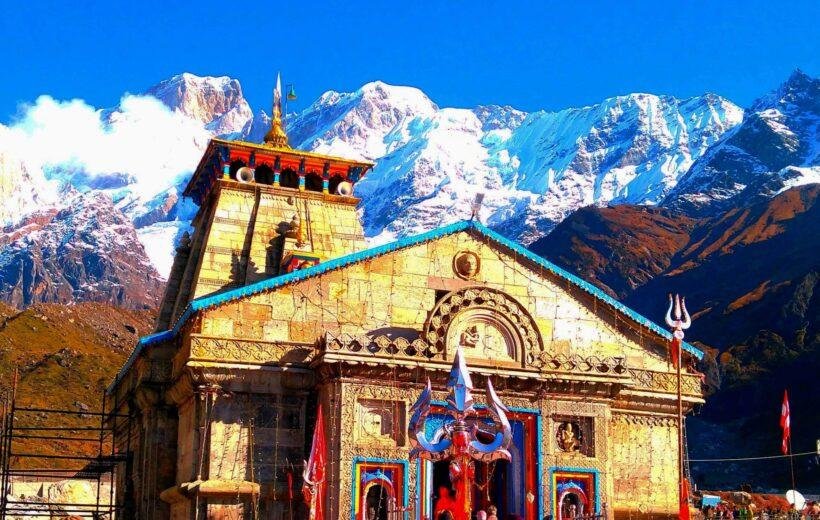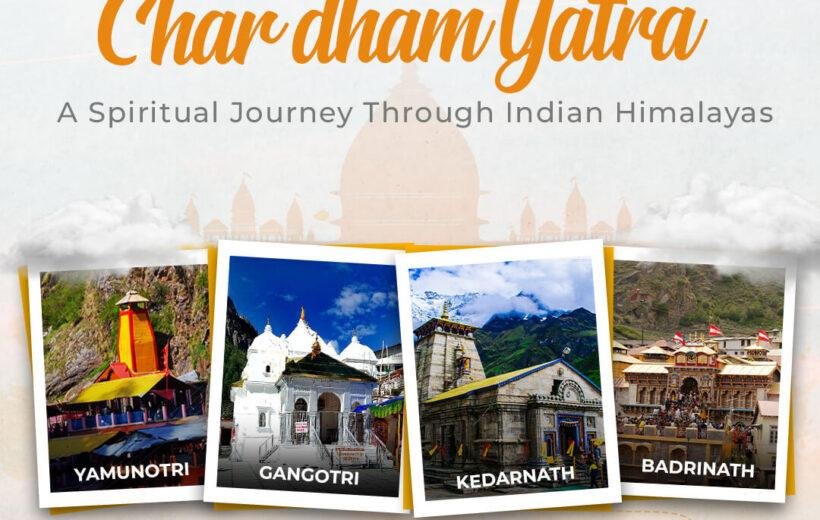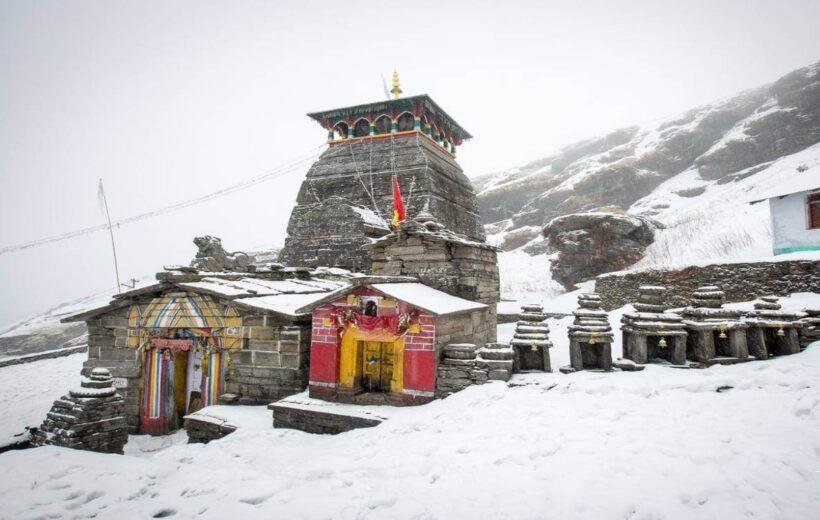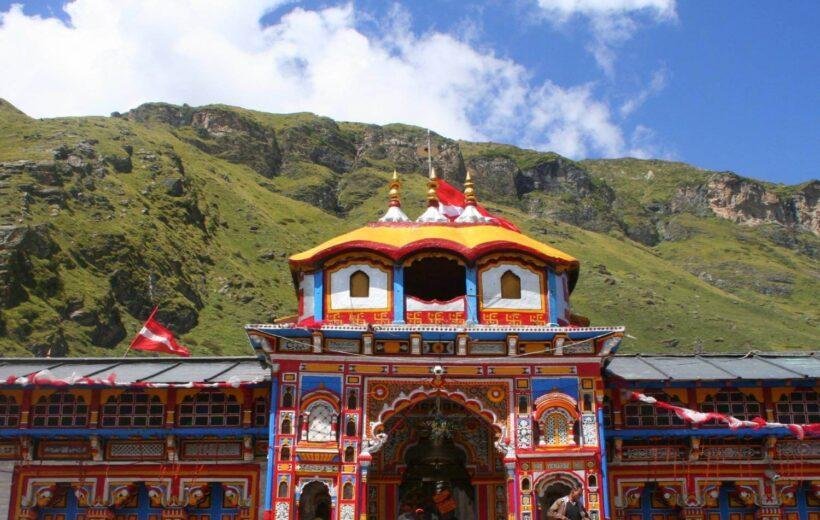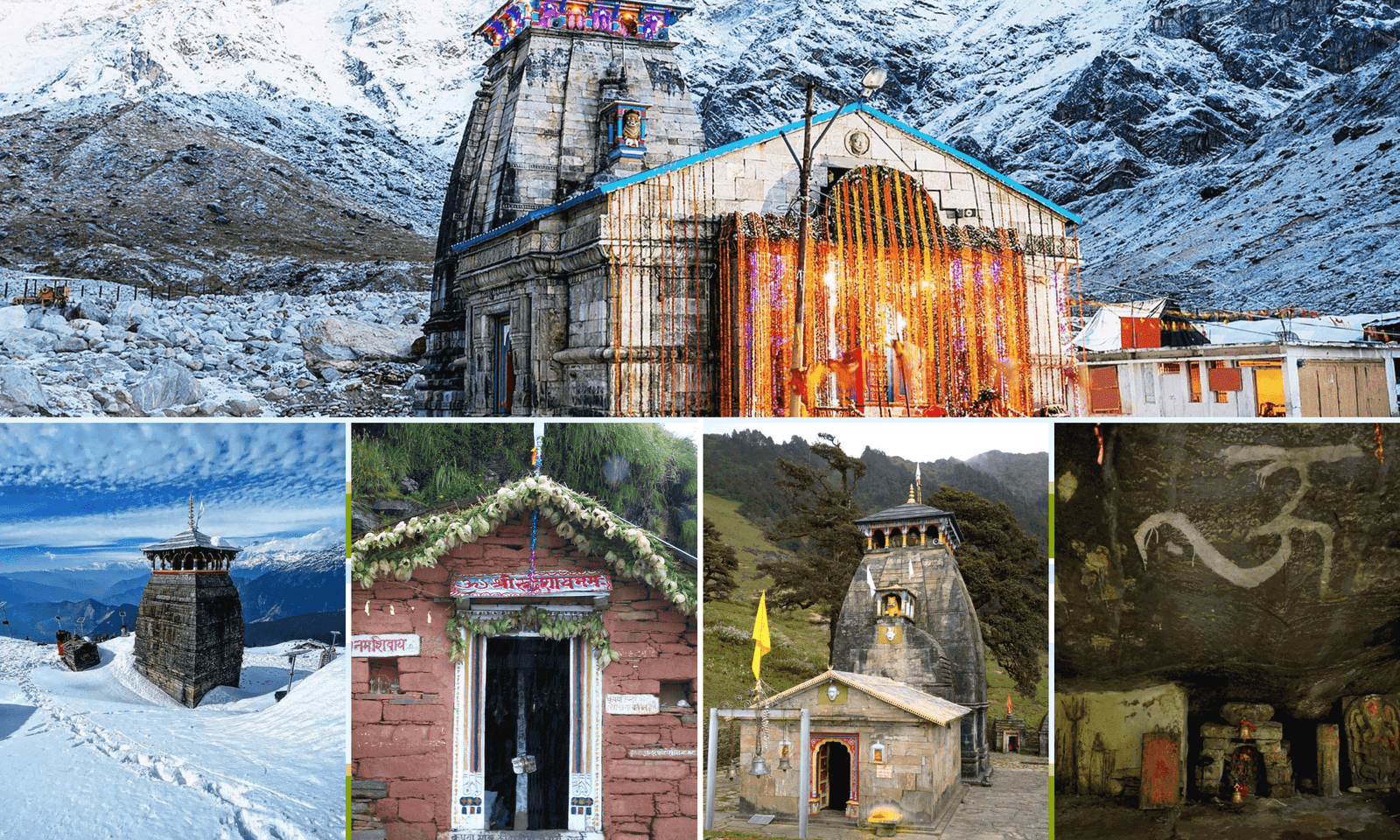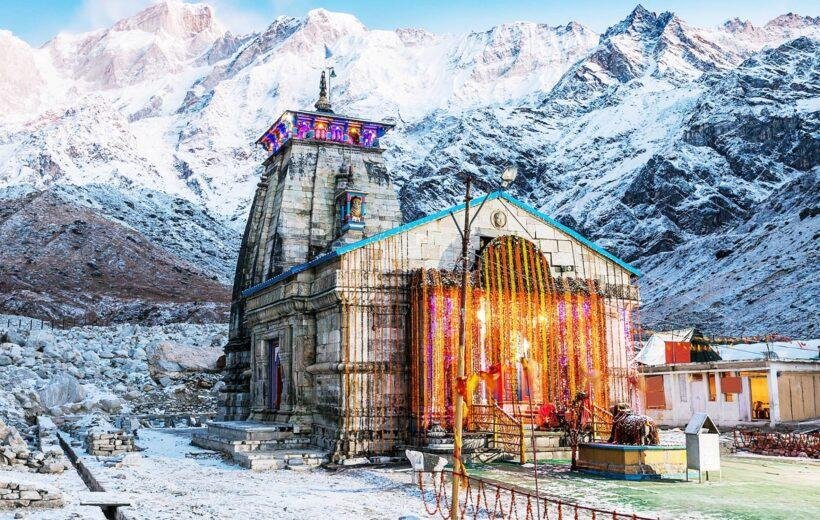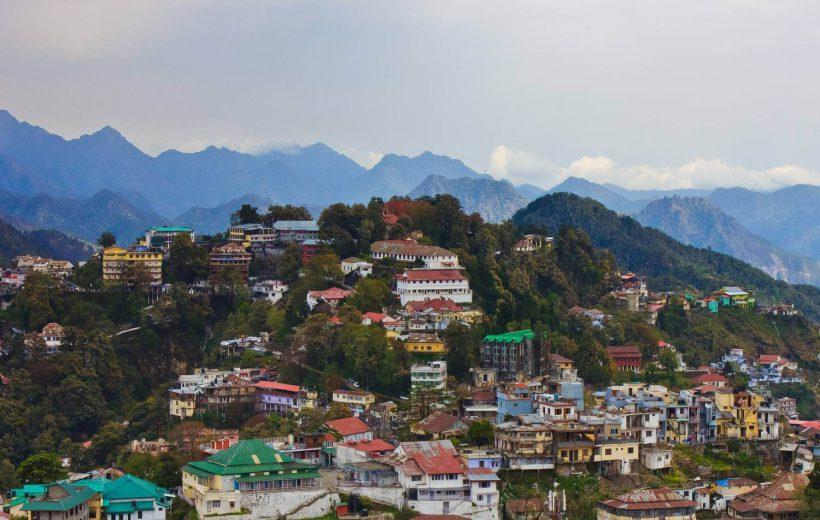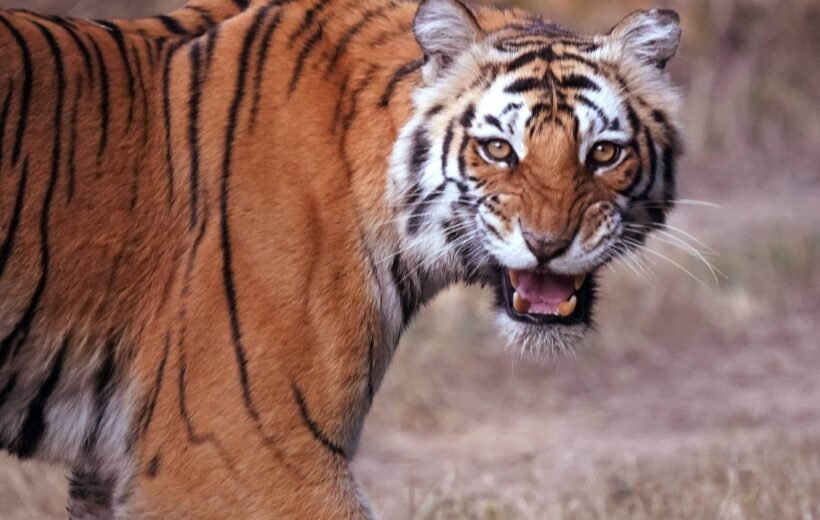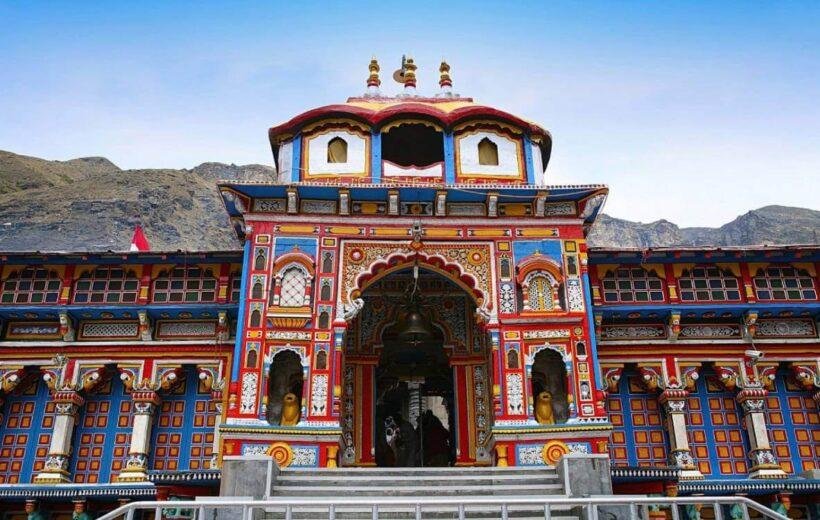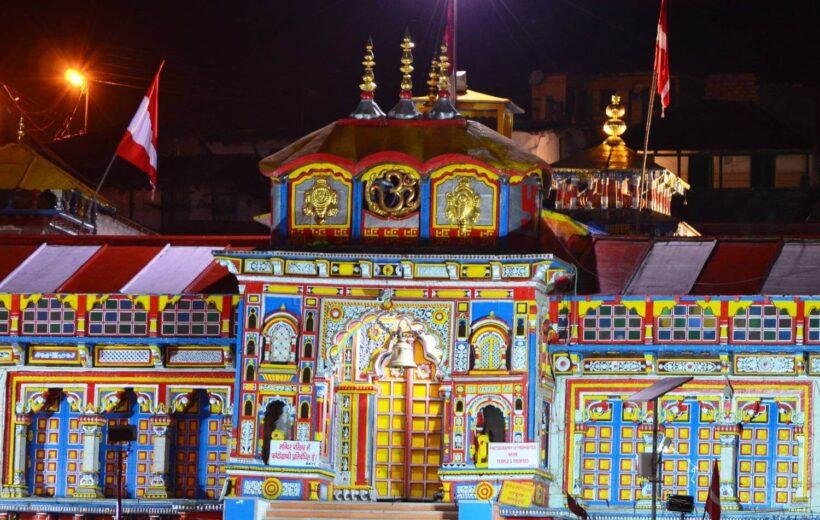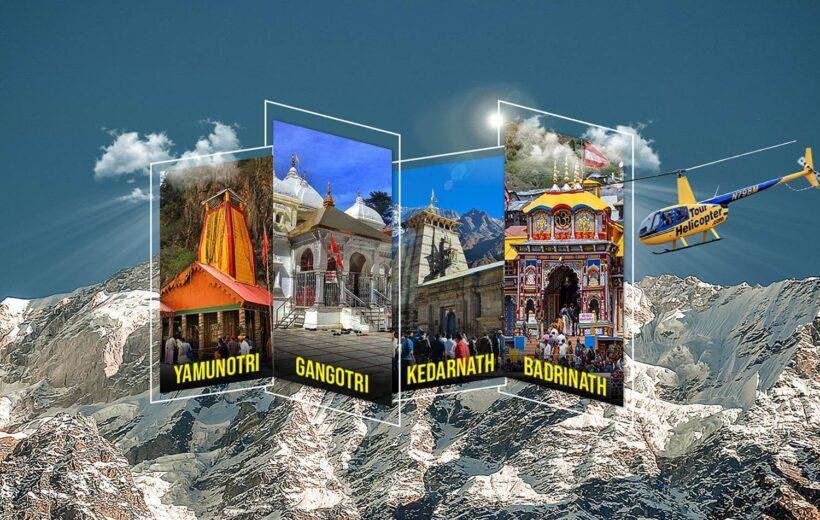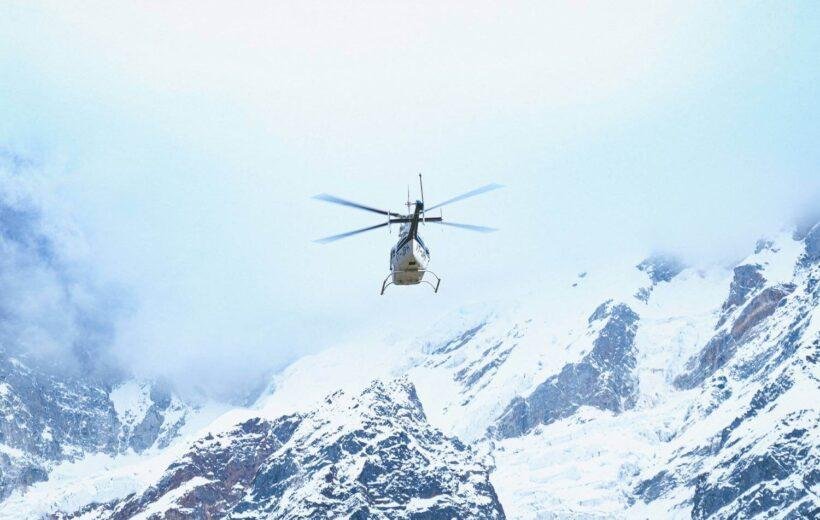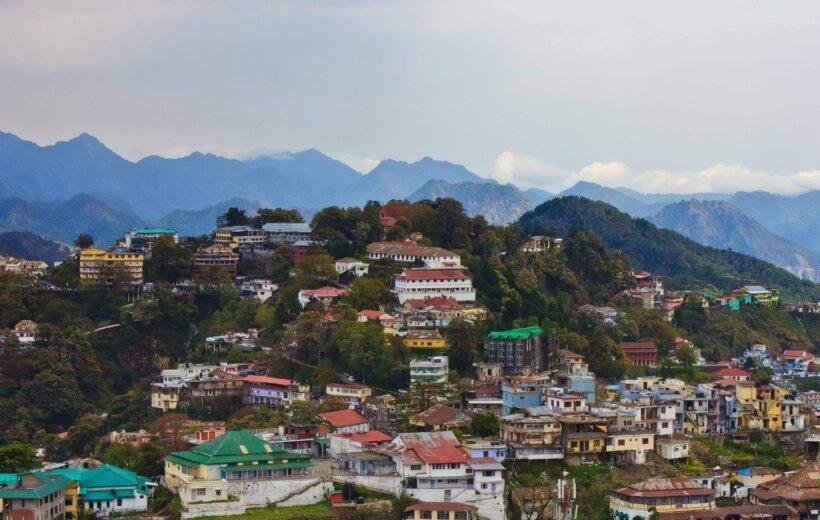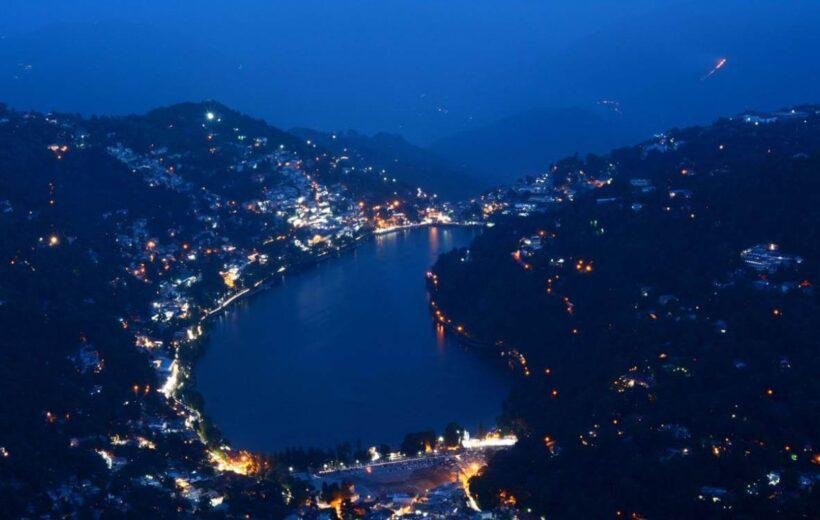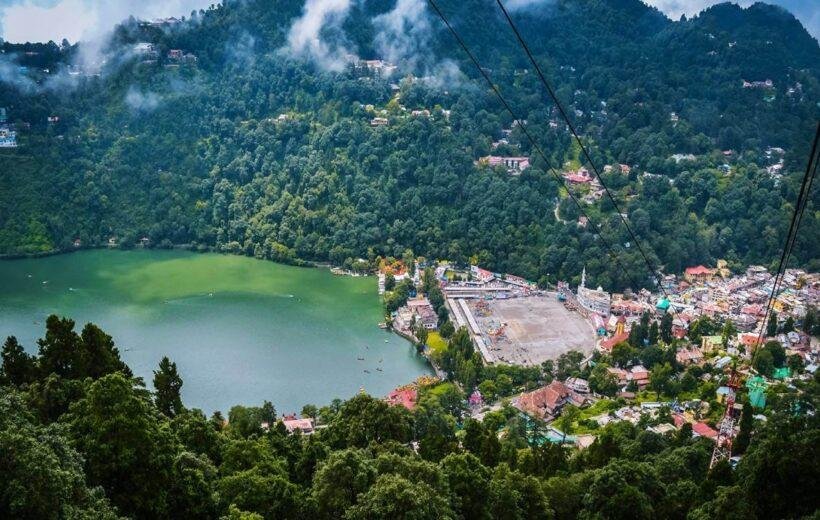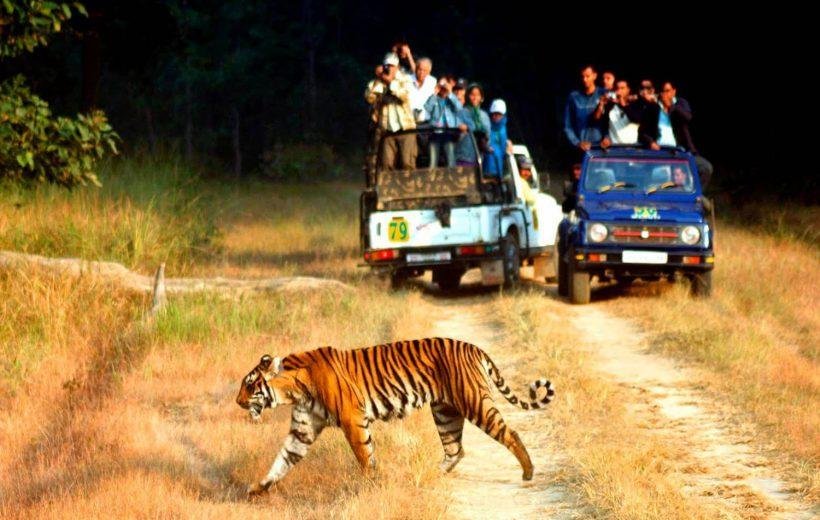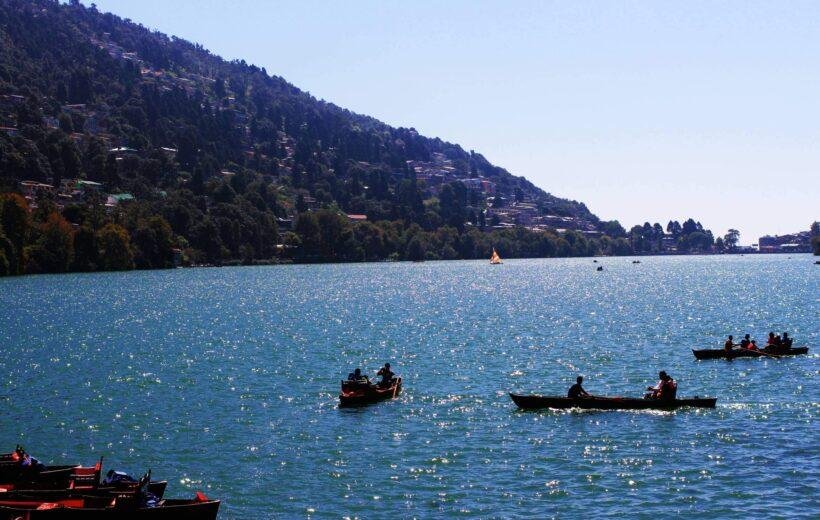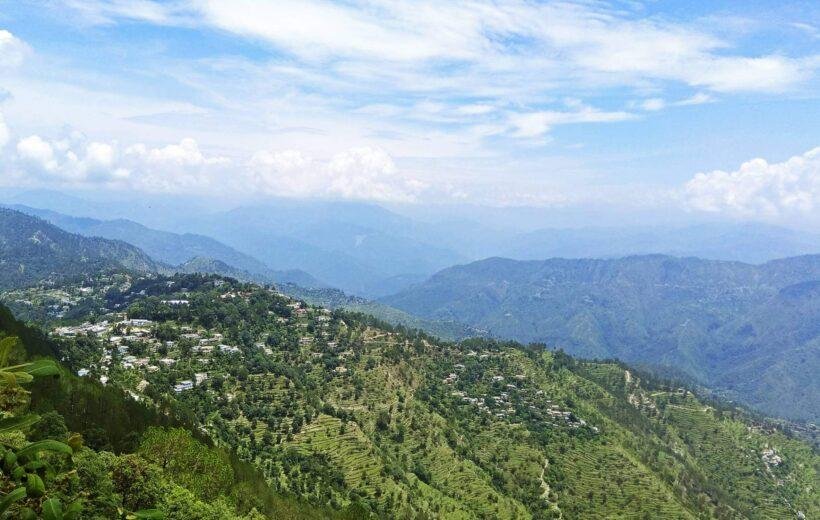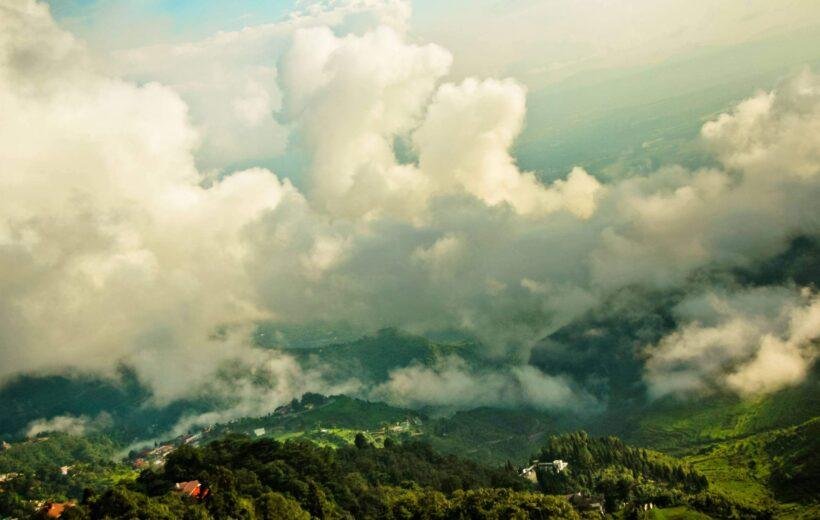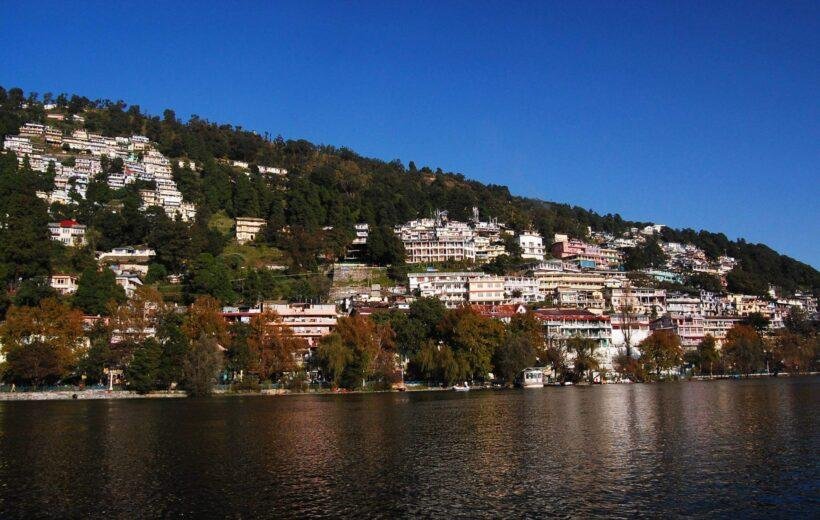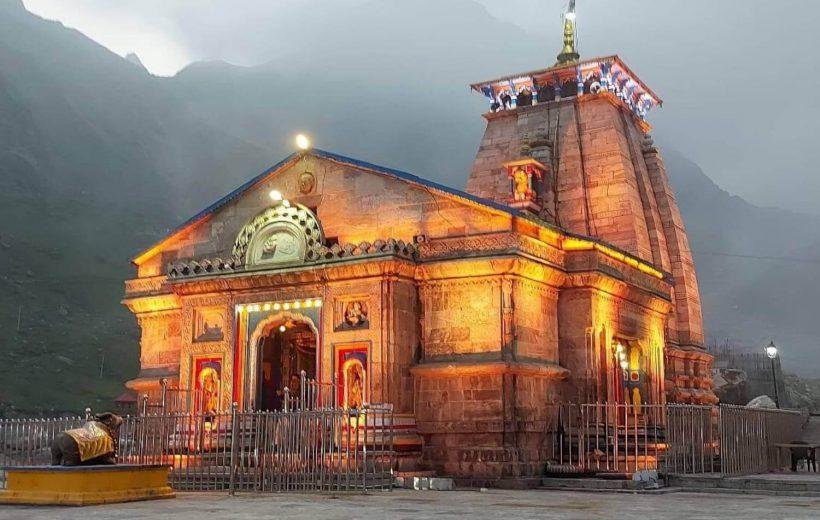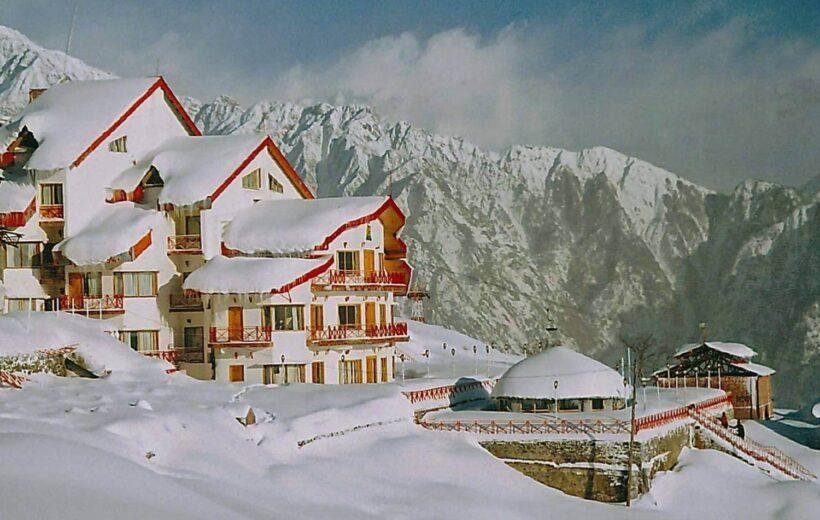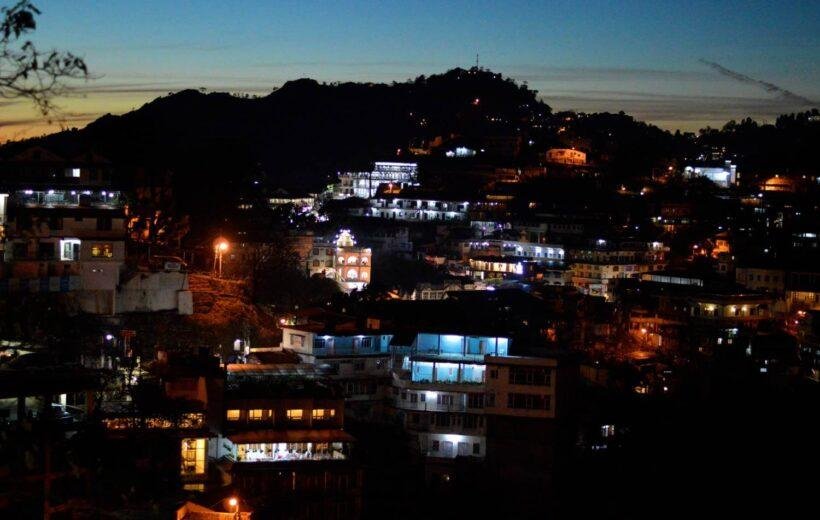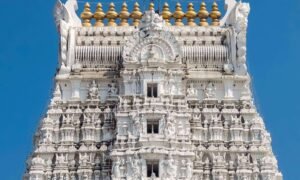Price
Duration
Min People
Min Age
Tour Type
Reviews
Overview
A highly pious and significantly religious destination in Hindu Religion, Badrinath, is a valley town located in the Himalayas at an elevation of 3,300 meters (10,827 feet) above sea level. Badrinath is one of the four dominant pilgrimage sites in India known as Char Dham. It is also part of Chota Char Dham of Uttarakhand. This beautiful valley residing on the bank of the Alaknanda River got its name from the ancient Badrinath Temple, also known as Badrinarayan Temple. The origin of the Badrinath Mandir does not have a record, however, its re-establishment was done in the 8th century by Hindu Sage Adi Shankaracharya. The major significance of Badrinath in Hindu religion and its beautiful location makes it one of the most visited pious destinations in the world. The temple gets covered in snow during winter thus is closed in colder months and open only for the other six months of each year.
History of Badrinath Temple
Badrinath, a centre of pilgrimage in India has a history as longer as the Hindu religion. However, Badrinath is determined as the Badrinath Temple in the town but it is the whole town that is considered sacred, not just the temple. Badrinath Temple, situated at 10,000 feet on Himalayas is one of the four most pious Hindu religious sites called Char Dham. All the four religious sites, including the Badrinath Mandir, were established by Adi Shankaracharya in the 8th century. Adi Shankaracharya travelled for 3000 kilometers from Kalady, Kerala in southern India to Badrinath, Uttarakhand in northern India. However, the temple has various mentions including in the vedic scriptures, Skanda purana, and Mahabharata which were long before Adi Shankaracharya had re-established the temple.
Shri Badrinath Dham has no recorded history of its first origin but it is assumed that the temple was converted into a Buddhist shrine somewhat between 260-230 BCE which later was resurrected as a Hindu pilgrimage again in the 8th century by Adi Shankaracharya.
The temple has been called by several names throughout history. In ancient times Badrinath Temple was called Badrikashram. According to Skanda-Purana, Badrinath Temple has been called by different names in different eras which are Muktiprade, Yogasiddha, and Vishala.
Religious Significance of Shri Badrinath Dham
Badrinath Temple is dedicated to Lord Vishnu but is associated with Lord Shiva in the mythologies as well. Badrinath is part of the most pious pilgrimage circuit in Hindu religion named Char Dham. Char Dhams have four pilgrimage sites and Badrinath is one of those. Thus, a visit to Badrinath Temple is considered as a milestone in the life of a Hindu. This spectacular religious significance comes from varied reasons. The temple is part of many mythologies, beliefs, and rituals. The name Badrinath comes from several references including a thousand of year-old tale in which Lord Vishnu sat below a tree called Badri (tree of an Indian berry named Ber locally) to meditate. That tree was Goddess Lakshmi who wrapped Lord Vishnu during his meditation to protect him from cold weather.
However, dedicated to Lord Vishnu, the temple is also but Lord Shiva has also an important connection to the religious beliefs and rituals of the temple. It is believed that Lord Shiva also accompanied Vishnu in Badrinath. Another tale says that Shiva visited Badrinath during the meditation period of Vishnu here. It is said that lord shiva is present near the Badrinath Mandir in the form of a natural hot water spring named Tapt Kund. Pilgrims usually take dips in this spring, which is believed to have purifying and auspicious effects. All these mythologies and beliefs have made Lord Shiva along with Lord Vishnu an integral part of Badrinath.
Badrinath Temple Opening & Closing Dates 2024
The doors to the Badrinath Temple open in the summer and close in the winter season. The official announcement of the opening date reveals on the Basant Panchmi festival every year. The announcement is made traditionally in the royal court of Tehri Naresh situated in Narendra Nagar and is followed by Gadu Ghada ritual and prayers.
The official closing date is announced in the month of Oct/Nov during the Vijaydashmi/Dussehra festival.
The opening and closing dates are based on Hindu calendar, so they vary slightly from year to year. Both opening and closing ceremonies attract large crowds as they are a major religious event.
| Badrinath Opening Date | 12 May 2024 |
| Badrinath Closing Date | November 2024 |
Badrinath Temple Darshan & Arti Timings
| Morning Darshan | 4:30 am – 1:00 pm |
| Evening Darshan | 1:00 pm – 9:00 pm |
| Aarti Timing | 4:30 am – 8:30 pm |
Badrinath Yatra Packages 2024 Booking with Bon Travel India
Book your auspicious Badrinath Dham tour 2024 with Bon Travel and make this Himalayan pilgrimage journey a memorable one. You simply have to browse the packages below and fill in your details in the enquiry form. We are pleased to offer a Badrinath Tour Package from different cities in India. With Bon Travel India make your tour package customised according to your requirements. Whether you are traveling from Chennai, Ahmedabad, Mumbai, Surat, Bhopal, Hyderabad, Pune, or Bangalore, we have customized Badrinath tour packages that cater to your travel needs.
Short Itinerary for Badrinath Dham Yatra 2024
- Day 01: Delhi – Haridwar
- Day 02: Haridwar – Badrinath
- Day 03: Badrinath – Rudraprayag
- Day 04: Rudraprayag- Haridwar
- Day 05: Haridwar- Delhi
Check out “Tour Plan” Tab for detailed itinerary.
Architecture Design of Shri Badrinath Dham Temple
Badrinath Temple is set amidst the beautiful location beside the Alaknanda River and surrounded by huge and majestic Himalayan snowcapped mountains. The temple shows architectural prowess of ancient North and South Indian style. The exterior has mostly the architecture of Tamil Nadu. There is a hot spring just before the temple where one can take a purifying dip before entering the temple. Badrinath Temple has an imposing facade with the outer structure built with strong stones and colourful cravings. The intricate designs made all throughout the outer wall and pillars recite stories from Hindu mythologies. A broad stairway leads you to the entry gate which is adorned with all possible corners showing the artistic skill from thousand years ago. Proceeding into the main gate leads you to a towering arch at the entry of the temple. The conical gold gilt roof magnificently reflects the light throughout the circumference. The gate is guarded by two lion statues on both sides of the entrance. Lions symbolize strength and protection.
It is a transformative experience as one enters Badrinath Mandir. First comes the Sabha Mahal (assembly hall). Sabha Mahal is a spacious hall surrounded by walls and pillars with more intricately designed statues and sculptures. The hall is used for prayers and performing many rituals. The paintings and mythological depictions all around the hall create a spiritual atmosphere as you enter the temple. Badrinath Temple Darshan Mandap (Worship Hall) of Badrinath Temple is the main sanctum where the main idol is named Badrinarayan, a manifestation of Lord Vishnu. The 1-foot-tall idol is made of a black stone called Shaligram with a serene expression on the face. The idol of Lord Badrinarayan is sitting in a Yogmudra, a posture called Padmasana. It has his two hands up holding Shankh (conch) and Chakra (wheel) and the other two hands resting on his lap. It is silver-plated and adorned with jewels and silk. There are 15 more deities around the main sanctum which are also worshipped. The scent of fragrance sticks and chantings all around the temple creates a spiritual fervour and devotion.
Weather in Badrinath
Badrinath experiences cold and mountainous climate, freezing winters and warm summers.
Winters in Badrinath are from November to April. The temperature lies between 5°C to -10°C with heavy snowfall, an average of 7 to 8 feet annually. Badrinath Temple is closed in winter and the roads are inaccessible.
Summer is the warm season with clear skies in Badrinath with an average temperature ranging between 8 to 20°C. This is the best time to visit Badrinath as the region becomes accessible and Temple is open. Summer starts from May and lasts till July.
Monsoon is a short season which lasts one or two months with much less rainfall. Although the temperature drops slightly, the season is mostly dry. And Autumn or early winter starts from September and stays till November with temperatures between 5 to 10°C. End of autumn marks the closing of Badrinath Mandir too.
Hotels Booking for Badrinath Dham Yatra 2024
Badrinath is a popular Himalayan pilgrimage destination thus booking your hotels for your visit here requires much hassle, not now. Choose Bon Travel India for a convenient hotel booking for your Badrinath yatra in 2024. We take care of convenience and requirements while booking a hotel. As its landscape, Badrinath has varied types of hotels to choose from. We also offer amazing deals and discounts on Badrinath tour packages and hotel booking, to ensure that our guests have a memorable and convenient journey.
Included/Excluded
- Assistance on arrival & departure.
- Accommodation for 04 nights on double sharing.
- Daily Breakfast and Dinner (Veg Meals).
- All transfer & sightseeing by Ac Vehicle as per the itinerary. (AC will not work at Hills.)
- All toll taxes & parking.
- Fuel & Driver Bata
- Any Airfare / Train Ticket.
- Lunch & any other meals not mention above.
- Room Heater / Wi-Fi as per availability, on extra charges.
- Travel insurance covering medical evacuation, hospitalization, air evacuation, baggage insurance and trip cancellation.
- Any optional trips other than specified in the program.
- Any en-route or personal expenses such as alcoholic and nonalcoholic beverages, telephone calls, tips & gratuities, laundry etc.
- Helicopter Ticket, Poni, Palki & Porter, etc.
- Any exigency expenses due to reasons beyond our normal control.
- Any other item not specified above.
- GST 5% applicable extra.
Day 01: Delhi to Haridwar
On arrival at Delhi Airport/Railway Station, you will meet our representative who will take you to Haridwar after having breakfast. In Haridwar visit Ganga Ghat and witness the evening Ganga aarti at Har Ki Pauri. Stay at the hotel for the night.
Day 02: Haridwar to Badrinath
Morning starts with spirituality as you join the morning prayers at Hardwar’s Ganga Ghat. After breakfast, prepare for the most awaited transfer to the Badrinath. After a 10–12-hour drive, check in the hotel at Badrinath and visit for evening Badrinath Temple darshan. Comfortably spend the night at hotel in Badrinath.
Day 03: Badrinath – Rudraprayag
Visit Shri Badrinath Dham and take a holy dip in Tapt Kund followed by morning darshan and aarti of Lord Badrinarayan. After a morning meal, visit the Last Indian village, Mana. Also visit the top attractions like Vyas cave and Vasundhara Falls near Mana Village. Then head to Rudraprayag where you will be staying for the night.
Day 04: Rudraprayag to Haridwar
Visit Rudraprayag Sangam and Prachin Rudranath Mahadev temple in the morning and enjoy leisure at Rudraprayag village. Then you will be heading to Haridwar en route see Devprayag Sangam where Bhagirathi and Alaknanda rivers merge to make mighty Ganga River. After reaching Haridwar, witness evening Ganga aarti, and stay at the hotel for the night.
Day 05: Haridwar to Delhi
Pay your visit to the Har Ki Pauri in the morning for morning Ganga aarti and holy dip in the Ganga River. After breakfast, you will be heading to Delhi Airport/Railway Station where the tour ends.





